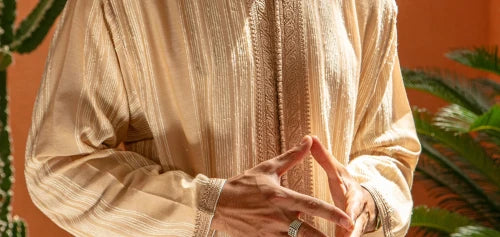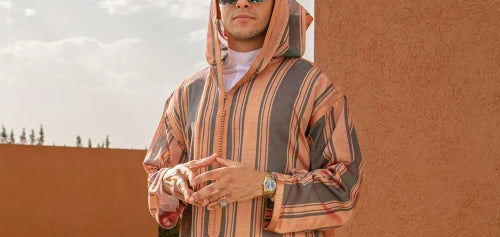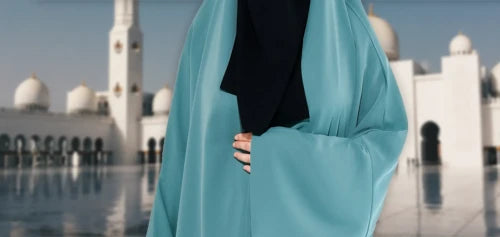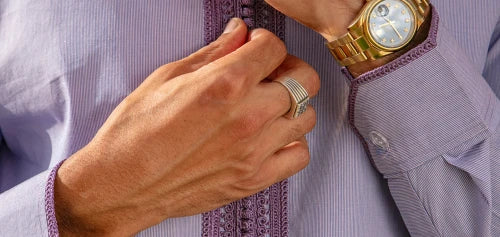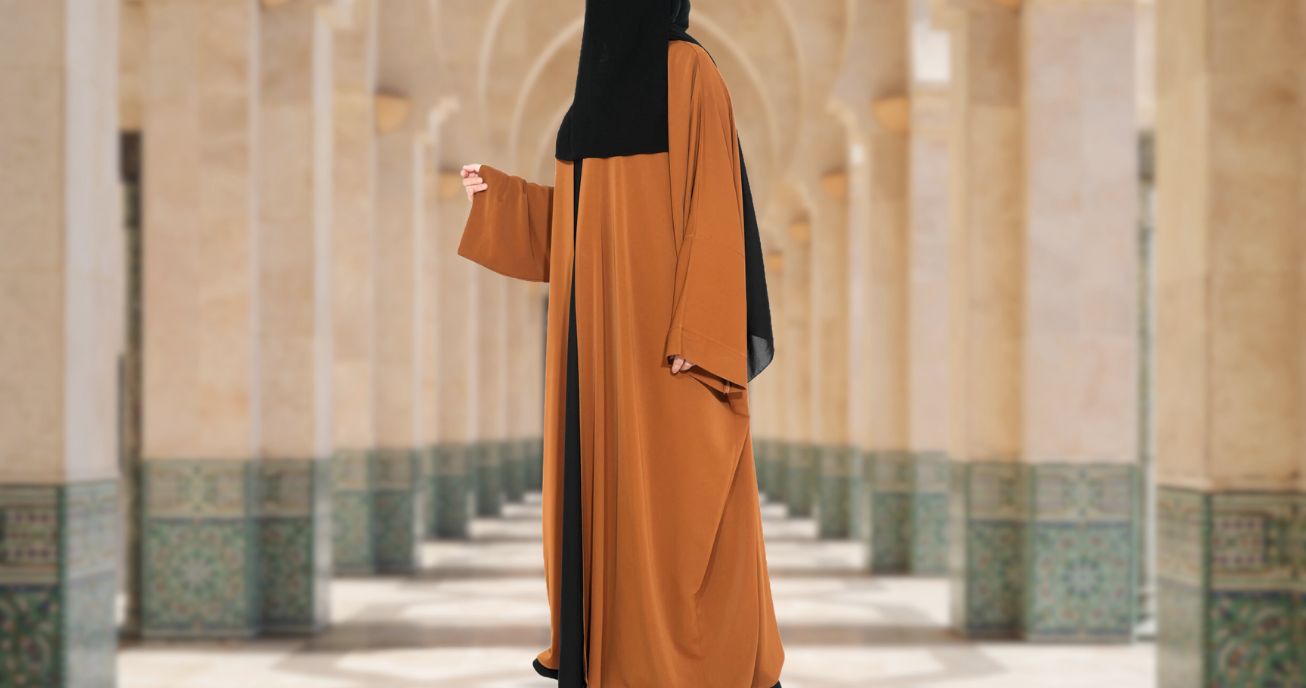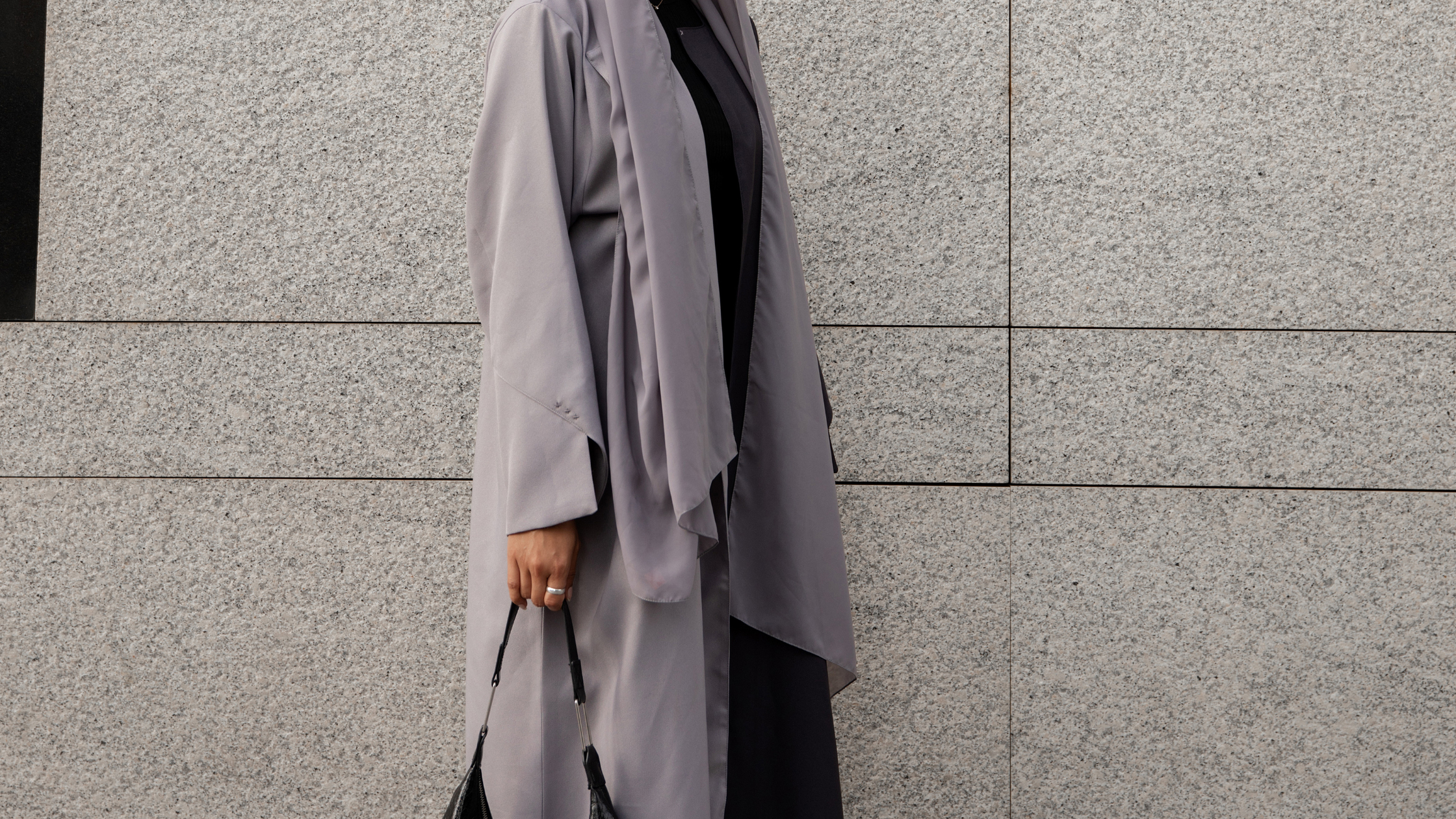Welcome to your comprehensive guide on Modest Islamic Abayas, designed to help you navigate the beautiful world of modest fashion with style and confidence. Whether you are deeply familiar with abayas or just beginning to explore this elegant garment, this guide will provide you with all the essential information to choose, wear, and care for your abaya.
Abayas are much more than just a cultural symbol; they are a versatile staple in the wardrobe of women who value modesty and style. In this article, we will delve into the rich history and evolution of the abaya, explore various styles that emphasize full coverage without compromising on fashion, and offer practical advice on selecting the perfect abaya for different body types and occasions.
Why Read This Guide?
The abaya has evolved significantly over the years, becoming a global icon in modest fashion. It combines traditional values with modern aesthetics, making it a popular choice not only in the Middle East but around the world. This guide will help you:
- Understand the historical and cultural significance of abayas, including their unique adaptations in places like Morocco.
- Learn about different styles of abayas, particularly those that are flowy and do not outline the figure, aligning with Islamic principles of modesty.
- Receive tailored advice on choosing abayas that fit well, suit your style, and appropriate for various settings.
- Discover how to maintain and care for your abaya so that it remains a cherished part of your wardrobe for years to come.
By the end of this guide, you will be equipped with the knowledge to make informed decisions about wearing and caring for Modest Islamic Abayas, ensuring that you look your best in any setting while adhering to modest dress norms.
The History and Significance of Abayas

The abaya has a storied history that stretches back centuries, originating in the ancient desert communities of the Middle East. Traditionally, it was designed as a simple, loose over-garment to be worn by women to maintain modesty in line with Islamic cultural values. Over time, the abaya has evolved, reflecting changes in social norms, fashion trends, and artistic influences, yet it has consistently preserved its fundamental purpose as a symbol of modesty and elegance.
Cultural Roots
In many Islamic countries, the abaya is more than just a piece of clothing; it is a cultural icon. It serves as a protective layer that also conforms to religious and cultural expectations of modesty. The traditional black abaya, in particular, is recognized worldwide, but variations in color and style have appeared, influenced by regional and contemporary fashion trends.
The Moroccan Influence
While the abaya is commonly associated with the Gulf region, its presence and adaptation in Morocco highlight a unique blend of cultural aesthetics and practicality. Moroccan abayas often reflect the vibrant cultural heritage of the region, incorporating colorful fabrics and intricate patterns that differ significantly from their more conservative Gulf counterparts.
In Morocco, the abaya may also be referred to as a "djellaba," although the two garments differ slightly in style and cut. The Moroccan djellaba includes a hood and is generally looser, which helps in coping with the varied Moroccan climate from the windy coasts to the sunny deserts. This adaptation shows the practical and regional customization of the abaya, making it not only a garment of modesty but also of cultural identity.
Evolution in Fashion
Initially, abayas were one-size-fits-all and predominantly black, but today, they are available in various colors, styles, and materials. Designers have begun experimenting with fabric types, patterns, and additional elements such as embroidery and sequins, making them not only a modesty garment but also a fashion statement. The modern abaya can be tailored to fit personal styles while still adhering to cultural norms.
The evolution of the abaya is also seen in its adoption outside the Middle East. In Western countries, fashion-forward individuals wear abayas as a statement of global fashion, blending Eastern and Western fashion influences. This trend highlights the versatility and universal appeal of the abaya, transforming it from a traditional garment to a piece celebrated on international fashion stages.
Modern Relevance
Today’s abayas are a testament to the balance between cultural tradition and contemporary lifestyle. They empower women to express their identities and personal styles within the framework of modesty. The modern abaya isn’t just worn for religious or cultural reasons; it’s chosen by women around the world as part of a conscious, stylish, and practical wardrobe choice.
Different Styles of Modest Islamic Abayas

When exploring the world of Modest Islamic Abayas, it's clear that the designs prioritize both the cultural tenets of modesty and the personal style preferences of the wearer. Among the diverse array of styles, those that favor a flowy, loose-fitting silhouette are particularly celebrated for their adherence to Islamic guidelines about modesty. These styles ensure that the abaya not only looks elegant but also strictly aligns with Islamic modesty norms by not outlining the figure.
Emphasizing Modesty in Design
Flowy and Loose-Fitting Abayas:
The core appeal of these abayas lies in their ability to gracefully drape over the body without clinging to it. This design principle is crucial for many women who seek to balance fashion with the religious stipulations regarding modesty. Fabrics such as chiffon, silk, and lightweight wool are commonly used because they provide the necessary flow without adding bulk.
Layered Abayas:
Another popular style is the layered abaya. These garments often use multiple layers of fabric to create a complex, textured look that is both stylish and modest. The layers help to obscure the shape of the wearer’s body, adhering to modest dress requirements while allowing for some personal expression through the interplay of different materials or colors.
Traditional vs. Modern Influences
Traditional Styles:
In maintaining traditional values, many abayas are designed without belts or cinched waistlines, as these can emphasize the wearer’s figure. The traditional abaya remains a staple for its simplicity and elegance, often finished with subtle embellishments like embroidery along the sleeves or hem to add a touch of refinement without compromising on modesty.
Modern Interpretations:
Contemporary designers have innovated ways to blend modesty with modern fashion sensibilities. For example, some modern abayas incorporate slight tailoring at the shoulders to create a structured look that remains loose around the body. Others might feature artistic drapery or asymmetrical cuts that are visually engaging yet fully respectful of modesty norms.
Popular Modest Abaya Styles in 2024

Looking at the trends for 2024, several modest styles stand out:
- Butterfly Abayas: With their wide, flowing sleeves, butterfly abayas are beloved for their modesty and elegance. The sleeves enhance the flowy aspect of the garment, making it an excellent choice for both everyday wear and special occasions.
- Open Front Abayas: These abayas act as a stylish overcoat, worn over a coordinating ensemble. The open front design ensures that the abaya is easy to wear and offers an additional layer of modesty, as it can easily cover any outfit underneath.
- Draped Abayas: Featuring generous folds of fabric that cascade and twist, draped abayas excel in concealing the body's contours while providing a dynamic, fashionable look.
Choosing Your Style
When selecting a modest Islamic abaya, consider how well it aligns with Islamic precepts on modesty:
- Visibility: Opt for abayas that do not clearly outline your body. Look for styles that obscure the figure but still provide a structured, polished appearance.
- Fit and Comfort: Ensure that the abaya feels comfortable and does not restrict movement, even while being loose-fitting.
- Fabric Choice: Choose fabrics that contribute to the flow and modesty of the garment without being too sheer.
Caring for Your Abaya

Maintaining your Modest Islamic Abaya in pristine condition is crucial not only for extending its lifespan but also for ensuring it continues to look elegant and appropriate for any occasion. Proper care can prevent damage and preserve the fabric's quality and color. This final section of our guide provides comprehensive tips on how to care for your abaya effectively.
Abaya Maintenance Tips
Washing Instructions:
- Hand Wash: Always check the care label, but in general, hand washing is the safest method to clean an abaya, especially if it has delicate embroidery or embellishments. Use cold water and a mild detergent, and gently work the suds through the fabric.
-
Machine Wash: If the care label allows, wash your abaya in a washing machine on a gentle cycle with similar colors. To protect the fabric, use a mesh laundry bag.
Drying Your Abaya:
- Air Dry: Avoid using a dryer as the intense heat can damage the fabric. Instead, hang your abaya on a clothes rack in a well-ventilated area to air dry. Make sure it is completely dry before storing to prevent mildew.
-
Ironing: Iron your abaya inside out to avoid shine marks on the fabric. Use a low heat setting and consider using a pressing cloth between the iron and the abaya fabric to protect it.
Abaya Longevity Tips
Storage:
- Proper Hanging: Hang your abaya on padded hangers to maintain its shape and prevent creases. Avoid overcrowding your closet to keep your abayas from getting wrinkled.
-
Moth Prevention: Use natural moth repellents like cedar blocks or lavender sachets in your closet to protect your abayas from moth damage.
Seasonal Care:
- Winter: If your abaya is made of heavier fabrics like wool, it may require more frequent cleaning due to the dense material attracting more dirt.
-
Summer: For lighter fabrics, ensure they are stored away from direct sunlight to prevent fading when not in use.
Fabric Care:
- Silk Abayas: Require special attention; always dry clean silk abayas to maintain their texture and color quality.
- Cotton and Linen Abayas: These can be washed more frequently but still require gentle care to avoid shrinking and warping.
Conclusion
Thank you for taking the time to explore our comprehensive guide on Modest Islamic Abayas. This journey through the world of modest attire has been designed to help you understand the deep-rooted cultural significance of abayas and how they can be stylishly worn while adhering to modesty norms in Islamic culture.
Recap of Key Points
- Historical and Cultural Significance: We began our guide with a look into the history of the abaya, highlighting its origins and the evolution from a simple over-garment to a statement of fashion and cultural identity, including unique styles found in regions like Morocco.
- Styles Emphasizing Modesty: You've learned about the different styles of abayas that prioritize modesty through flowy, loose-fitting designs. These garments beautifully balance fashion sensibilities and religious requirements by keeping the body modestly covered without sacrificing style.
- Choosing the Right Abaya: Our guide provided detailed advice on selecting the right abaya for your body type and lifestyle. We emphasized the importance of choosing abayas that do not outline the figure, discussed how to match abayas to various occasions, and shared tips on selecting the right fabric and fit to maintain both comfort and modesty.
- Caring for Your Abaya: We also covered essential tips on maintaining your abaya, ensuring it lasts longer and continues to look its best. From washing instructions to storage advice, this guidance helps you keep your abaya in pristine condition.
Final Thoughts
As you move forward, we encourage you to reflect on the styles and tips presented in this guide. Experiment with different abaya styles to find what feels best for you and aligns with your personal and cultural values. Remember, the perfect abaya is one that not only looks great but also feels right and respects the principles of modesty.
We are eager to hear about your experiences and choices in Modest Islamic Abayas. Please feel free to share your stories and how you care for your abayas in the comments section below—your insights could be incredibly helpful to others in our community.


